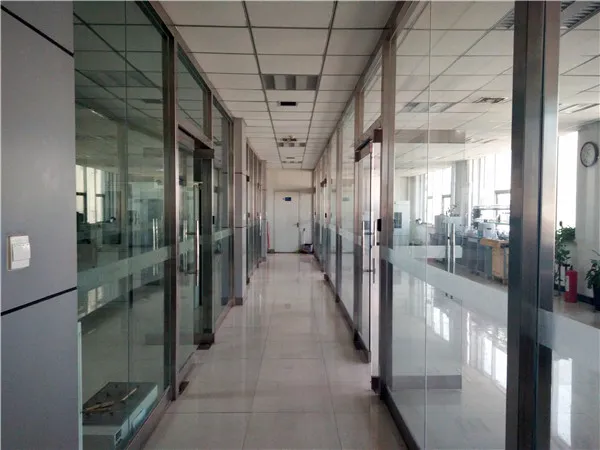Chemicals Used in Wastewater Treatment
Wastewater treatment is a crucial process aimed at removing contaminants from wastewater before it is released back into the environment or reused for other purposes. This process involves various physical, biological, and chemical methods, with chemicals playing a significant role in enhancing the effectiveness and efficiency of the treatment. Understanding the chemicals involved in wastewater treatment helps in appreciating their importance in protecting human health and the environment.
1. Coagulation and Flocculation Agents
One of the primary processes in wastewater treatment is coagulation and flocculation, where chemicals are used to remove suspended particles. Coagulants, such as aluminum sulfate (alum) and ferric chloride, are added to wastewater to destabilize the colloidal particles. These coagulants neutralize the charges on particles, causing them to clump together and form larger aggregates, known as flocs. Following coagulation, flocculation is achieved by gentle stirring that facilitates the collision and aggregation of these flocs, which can later be removed through sedimentation or filtration.
2. pH Adjusters
Maintaining the right pH level is crucial in wastewater treatment, as it affects the solubility and toxicity of many contaminants. Chemicals such as sulfuric acid or sodium hydroxide are commonly used as pH adjusters. In acidic conditions, metals may dissolve, while basic conditions can facilitate the removal of certain substances. Thus, monitoring and adjusting the pH is vital not only for optimizing treatment processes but also for protecting downstream treatment systems.
3. Disinfectants
Disinfection is a critical step in wastewater treatment to ensure the removal of pathogens. Chlorine is one of the most widely used disinfectants due to its effectiveness in killing a broad spectrum of microorganisms. However, it can react with organic materials to form potentially harmful by-products, known as disinfection by-products (DBPs). Alternative disinfectants, such as ozone and ultraviolet (UV) light, are also gaining popularity. Ozone is a strong oxidant that can eliminate pathogens without leaving harmful residues, while UV disinfection uses light to inactivate microorganisms without the addition of chemicals.
chemicals used in waste water treatment

4. Nutrient Removal Chemicals
In many cases, wastewater contains high concentrations of nutrients (nitrogen and phosphorus) that can lead to eutrophication in receiving water bodies. To mitigate this, chemicals such as aluminum sulfate or ferric sulfate are used to precipitate phosphorus. Nitrogen can be removed through biological processes, but in cases where chemical treatment is necessary, substances like ammonium sulfate can promote biological nutrient removal by providing a nitrogen source that supports the growth of microbes that consume excess nitrogen.
5. Oxidizing Agents
Oxidizing agents, such as hydrogen peroxide and potassium permanganate, are used to remove organic compounds and other pollutants from wastewater. They work by breaking down complex organic molecules into simpler, more manageable forms, thus enhancing the overall effectiveness of the treatment process. Hydrogen peroxide is often utilized for its ability to degrade organic substances without leaving harmful residues, making it an environmentally friendly option.
6. Anti-Foaming Agents
Foaming can pose significant challenges during wastewater treatment, as it can hinder the separation processes and lead to operational difficulties. Anti-foaming agents, such as silicone-based compounds, are introduced to reduce surface tension and prevent or eliminate foam formation. Their use not only improves the efficiency of treatment processes but also protects equipment from damage caused by excessive foaming.
Conclusion
The use of chemicals in wastewater treatment is essential for achieving effective and efficient treatment of contaminated water. From coagulation and disinfection to nutrient removal and the control of foaming, these chemicals play pivotal roles in ensuring that wastewater is treated to meet regulatory standards and is safe for discharge or reuse. As technology advances, the development of newer, more environmentally friendly chemicals and processes will continue to shape the future of wastewater treatment, emphasizing sustainability and public health. Understanding the various chemicals used in these processes is crucial for professionals in the field as well as for the general public, as it highlights the complexity and necessity of managing our water resources responsibly.

